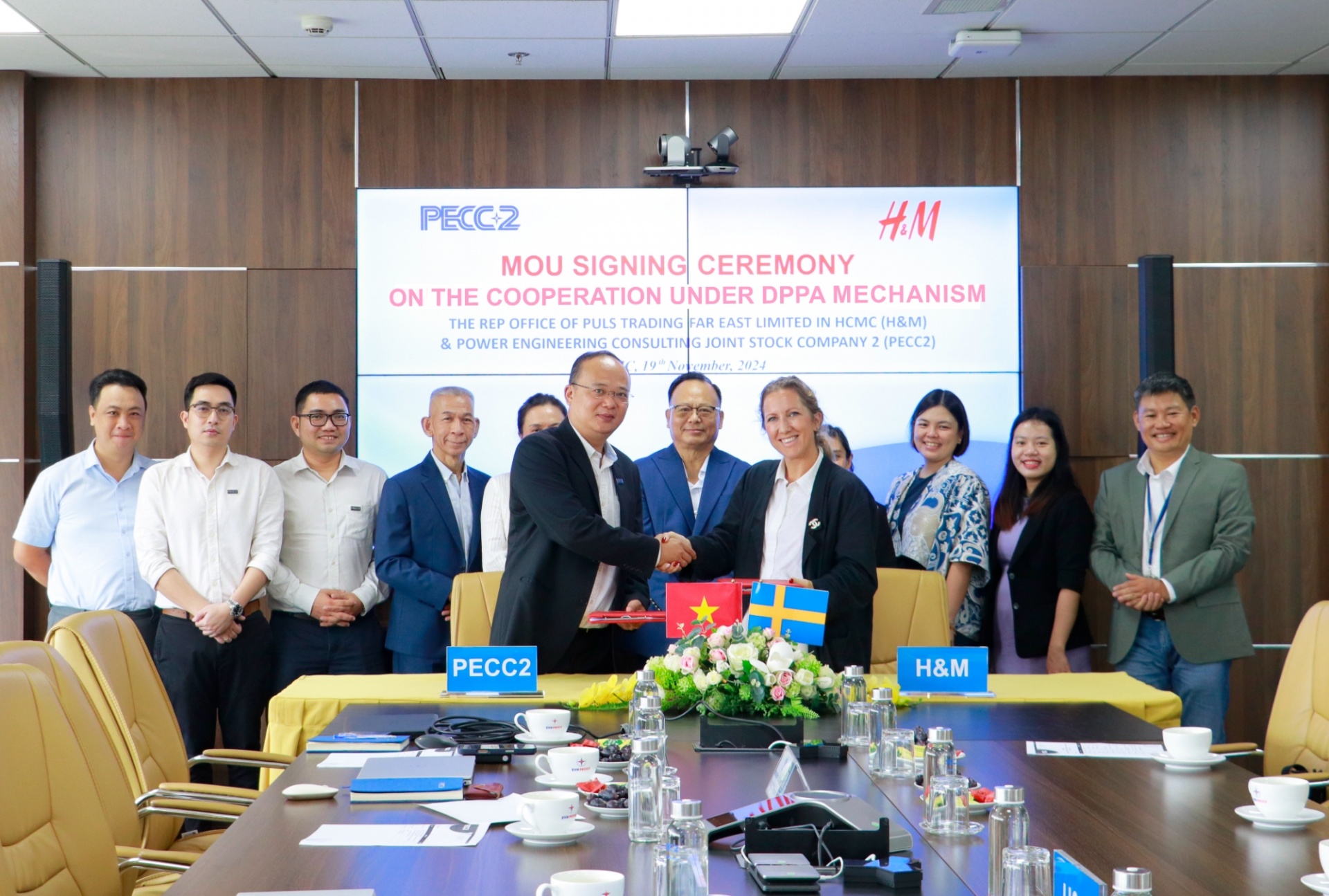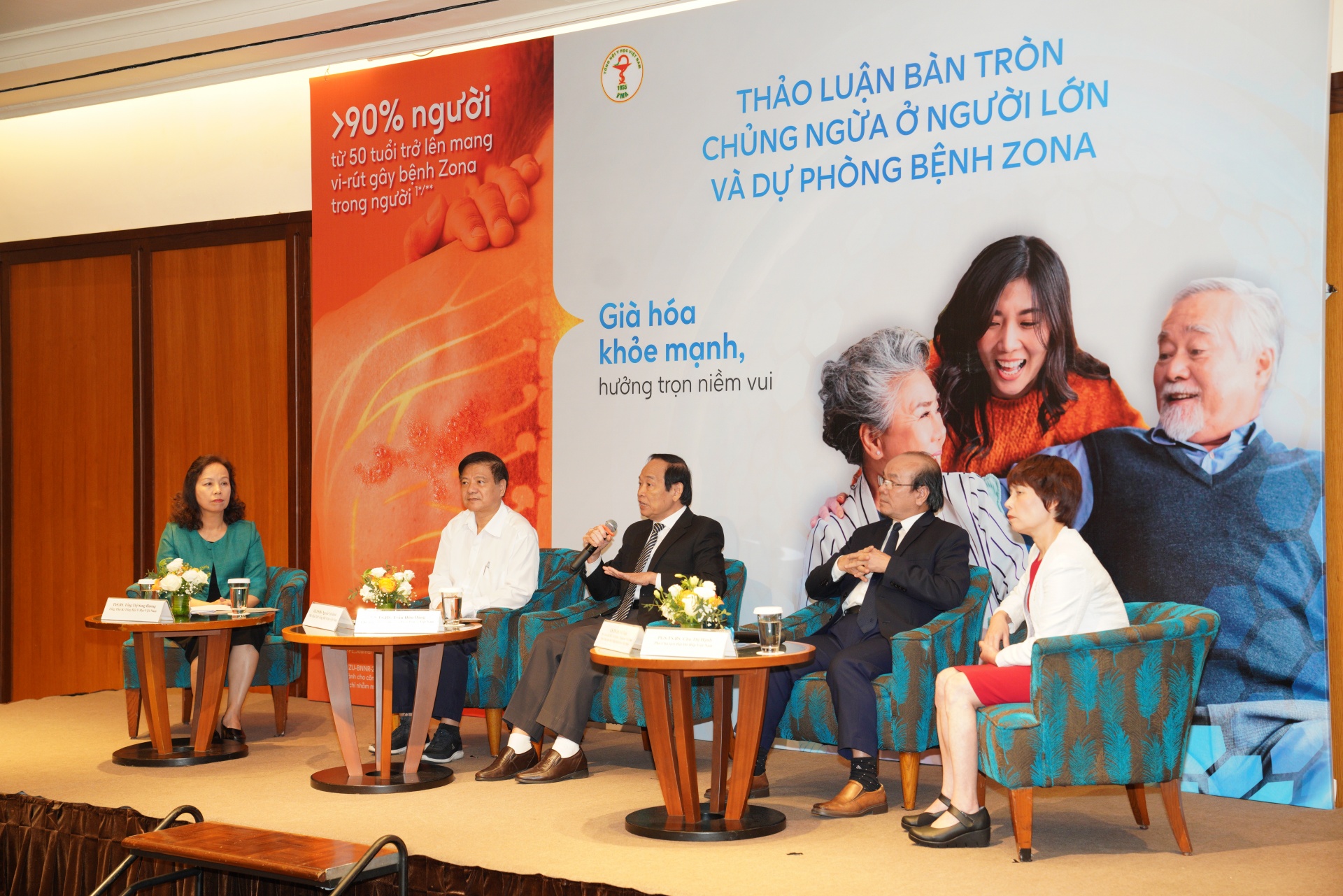Textile sector gets stitched up
 That is despite Korea-backed Hansae Vietnam early this year deciding to build a $30 million factory in the Mekong Delta’s Tien Giang province, its third factory in Vietnam. This project will be operational in 2012’s third quarter, adding 30 million textile and garment items to the company’s production annually. The company’s two existing plants - Hansae Ho Chi Minh City and Hansae Tay Ninh presently has the capacity of 70 million textile and clothing items per year.
That is despite Korea-backed Hansae Vietnam early this year deciding to build a $30 million factory in the Mekong Delta’s Tien Giang province, its third factory in Vietnam. This project will be operational in 2012’s third quarter, adding 30 million textile and garment items to the company’s production annually. The company’s two existing plants - Hansae Ho Chi Minh City and Hansae Tay Ninh presently has the capacity of 70 million textile and clothing items per year.
In the first five months of 2012, the company’s export value surpassed $160 million. The company expected its full-year export value to climb to $400 million in 2012, according to the company’s general director Kim Chul Ho. However, Hansae is just one of a few foreign investors jumping into garment and textile sector in Vietnam at this moment.
Vietnam Textile and Apparel Association (Vitas) figures show that FDI inflows in Vietnam’s textile and garment peaked from 2000-2008, with 2002 being an exceptional year when the sector wooed 149 FDI projects capitalised $406 million However, FDI flow trended downward during 2009, 2010 and 2011 when the sector only received 63, 72 and 80 new projects, respectively.
In the first four months of 2012, 11 new foreign direct investment (FDI) projects came to Vietnam’s textile and garment sector valued at $19 million. The figures underline the sector’s diminishing attractiveness. During 2009-2011 the sector attracted a total $804 million, out of $32 billion committed to the country.
Many investors, especially South Koreans, are targeting Vietnam’s garment sector which requires less investment and benefits from low-cost workforce.
A United Nations’ Industrial Development Organization (UNIDO) Vietnam Industrial Investment Report 2011 released in late June 2012 shows that Korean investors topped the list of investors stepping into low-tech areas in Vietnam. “This was proven by a large percentage of Korean firms operating in textile-garment and footwear production in Vietnam,” the report stated.
Vitas’ former chairman Le Quoc An said the lack of sizable spinning and dyeing facilities to feed raw materials for local production were obstacles hindering FDI inflows in the sector.
He believed the sector’s weak point would translate into enormous investment opportunities on the heels of proper development orientations. Since early this year, some foreign investors have built textile factories in Vietnam to provide raw materials for local producers.
For example, construction of China’s Texhong Group’s $300 million fibre plant in northern Quang Ninh province got off the ground two weeks ago, following its first operating plant with the capacity of 210,000 spindles per year in southern Dong Nai province’s Nhon Trach Industrial Zone.
Meanwhile, by the end of this year, Vietnam National Textile and Garment Group and Japan’s Itochu Group would start construction of a $120 million fibre plant in northern Nam Dinh province’s Bao Minh Industrial Park.
What the stars mean:
★ Poor ★ ★ Promising ★★★ Good ★★★★ Very good ★★★★★ Exceptional
Related Contents
Latest News
More News
- Mitsubishi Estate launches Logicross Hai Phong - a milestone in logistics evolution (November 20, 2024 | 14:32)
- Semiconductor workforce partnerships deliver industry-relevant training (November 20, 2024 | 10:58)
- German Quickpack to invest $31.7 million in Long An province (November 20, 2024 | 09:31)
- Foreign-invested enterprises drive logistics investment in the southeast region (November 20, 2024 | 09:27)
- Chile visit underscores trade benefits (November 19, 2024 | 10:00)
- Trump’s second term impacts sci-tech activities and industry 4.0 technologies (November 18, 2024 | 10:00)
- Vietnam eyes nuclear revival to bolster energy security (November 14, 2024 | 16:46)
- Kyokuyo completes $13.5 million seafood factory in Vietnam (November 14, 2024 | 12:19)
- VinFast receives $3.5 billion funding from Vingroup and Pham Nhat Vuong (November 14, 2024 | 06:38)
- Localities sprint to reach FDI targets (November 13, 2024 | 10:00)


 Tag:
Tag:

















 Mobile Version
Mobile Version